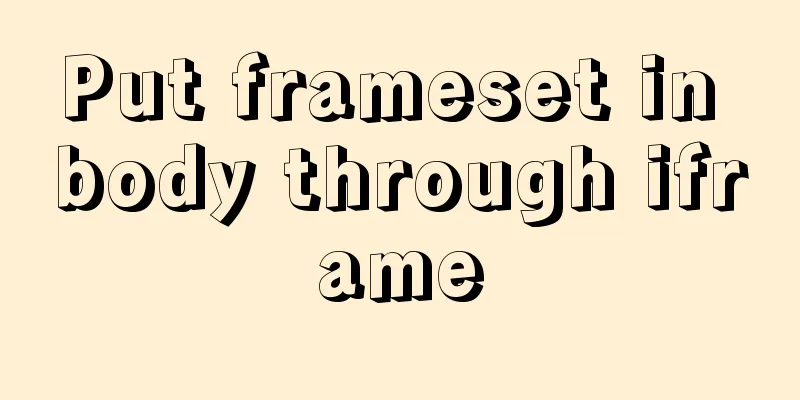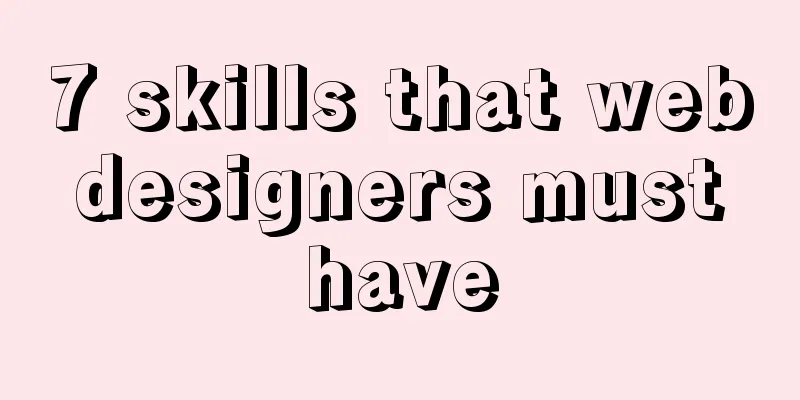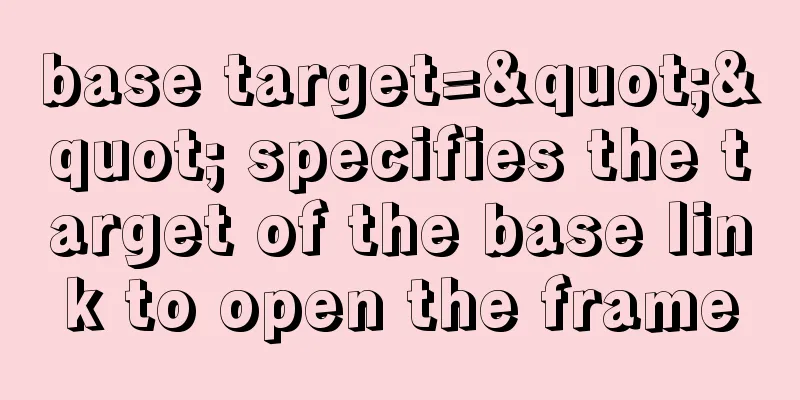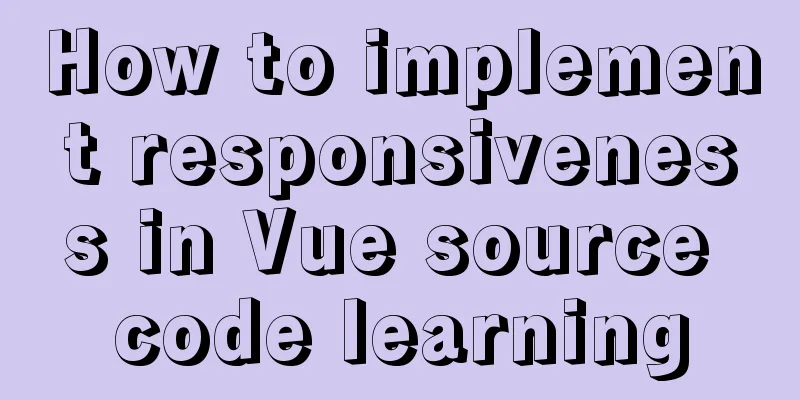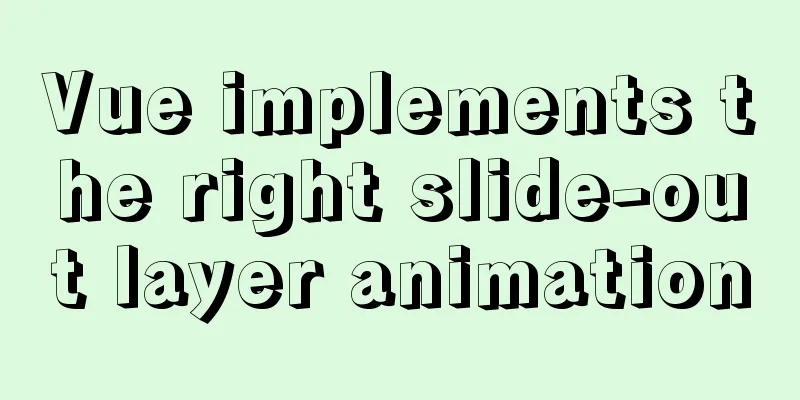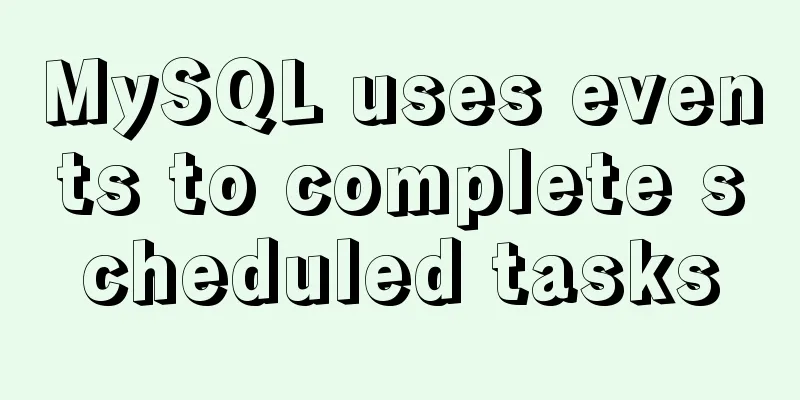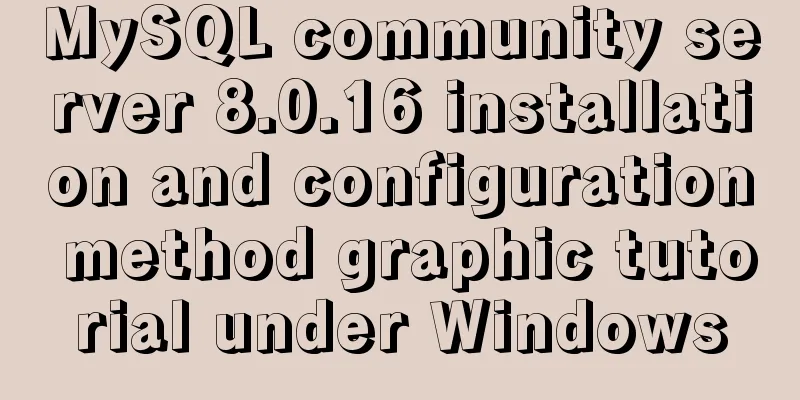js to achieve simple drag effect
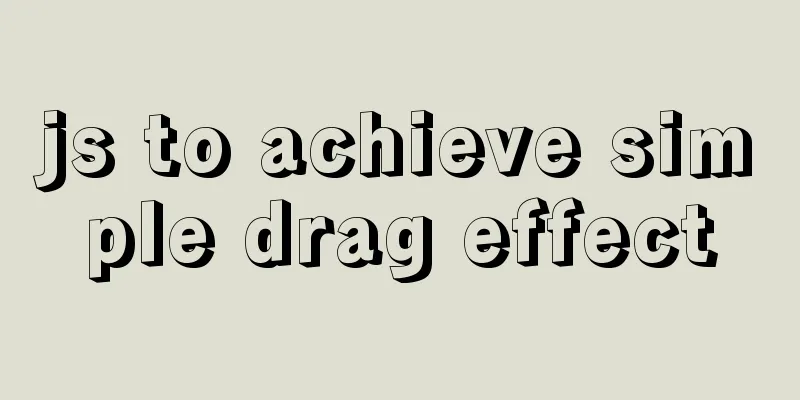
|
This article shares the specific code of js to achieve a simple drag effect for your reference. The specific content is as follows 1. Basic effects of draggingIdeas: When the mouse is pressed on the box, it is ready to move (the event is added to the object) When the mouse moves, the box follows the mouse (the event is added to the page) When the mouse is lifted, the box stops moving (the event is added to the page)
var o = document.querySelector('div');
//Mouse down o.onmousedown = function (e) {
//Mouse position relative to the box var offsetX = e.clientX - o.offsetLeft;
var offsetY = e.clientY - o.offsetTop;
//Mouse movement document.onmousemove = function (e) {
o.style.left = e.clientX - offsetX + "px";
o.style.top = e.clientY - offsetY + "px";
}
//Mouse up document.onmouseup = function () {
document.onmousemove = null;
document.onmouseup = null;
}
}2. Drag and drop issuesIf text appears in the box, or the box itself is an image, due to the default behavior of the browser (text and images can be dragged), we can set return false to prevent its default behavior. However, this interception of default behavior is not applicable in lower versions of IE. You can use global capture to solve the IE problem. Global capture Global capture is only applicable to lower versions of IE.
<button>btn1</button>
<button>btn2</button>
<script>
var bts = document.querySelectorAll('button')
bts[0].onclick = function () {
console.log(1);
}
bts[1].onclick = function () {
console.log(2);
}
// bts[0].setCapture() //Add global capture // bts[0].releaseCapture() ; //Release global capture</script>Once a global capture is added for a specified node, other elements on the page will not trigger the same type of event. 3. Full version of drag and drop
var o = document.querySelector('div');
//Mouse down o.onmousedown = function (e) {
if (o.setCapture) { //IE lower version o.setCapture()
}
e = e || window.event
//Mouse position relative to the box var offsetX = e.clientX - o.offsetLeft;
var offsetY = e.clientY - o.offsetTop;
//Mouse movement document.onmousemove = function (e) {
e = e || window.event
o.style.left = e.clientX - offsetX + "px";
o.style.top = e.clientY - offsetY + "px";
}
//Mouse up document.onmouseup = function () {
document.onmousemove = null;
document.onmouseup = null;
if (o.releaseCapture) {
o.releaseCapture(); //Release global capture}
}
return false; //Default behavior of standard browsers}The above is the full content of this article. I hope it will be helpful for everyone’s study. I also hope that everyone will support 123WORDPRESS.COM. You may also be interested in:
|
<<: js to achieve floor scrolling effect
>>: Example code for converting http to https using nginx
Recommend
What is JavaScript anti-shake and throttling
Table of contents 1. Function debounce 1. What is...
What is jQuery used for? jQuery is actually a js framework
Introduction to jQuery The jQuery library can be ...
VMware ESXi 6.0 and deployment of virtual machine installation tutorial (picture and text)
The company had a well-configured server that was...
Node.js+express message board function implementation example
Table of contents Message Board Required librarie...
Detailed explanation of how to quickly operate MySQL database in nodejs environment
GitHub address: https://github.com/dmhsq/dmhsq-my...
React-native sample code to implement the shopping cart sliding deletion effect
Basically all e-commerce projects have the functi...
Summary of common problems and application skills in MySQL
Preface In the daily development or maintenance o...
Ubuntu E: Unable to obtain lock /var/lib/dpkg/lock-frontend - open (11: Resource temporarily unavailable)
Ubuntu 18.04, other versions of Ubuntu question: ...
MySQL SHOW PROCESSLIST assists in the entire process of troubleshooting
1. SHOW PROCESSLIST command SHOW PROCESSLIST show...
Detailed tutorial on installing mysql8.0.22 on Alibaba Cloud centos7
1. Download the MySQL installation package First ...
Vue3.0 adaptive operation of computers with different resolutions
First we need to install some dependencies npm i ...
Sample code for realizing book page turning effect using css3
Key Takeaways: 1. Mastering CSS3 3D animation 2. ...
MySQL 8.0.20 Installation Tutorial with Pictures and Text (Windows 64-bit)
1: Download from mysql official website https://d...
OpenSSL implements two-way authentication tutorial (with server and client code)
1. Background 1.1 Problems A recent product testi...
How to manually scroll logs in Linux system
Log rotation is a very common function on Linux s...
